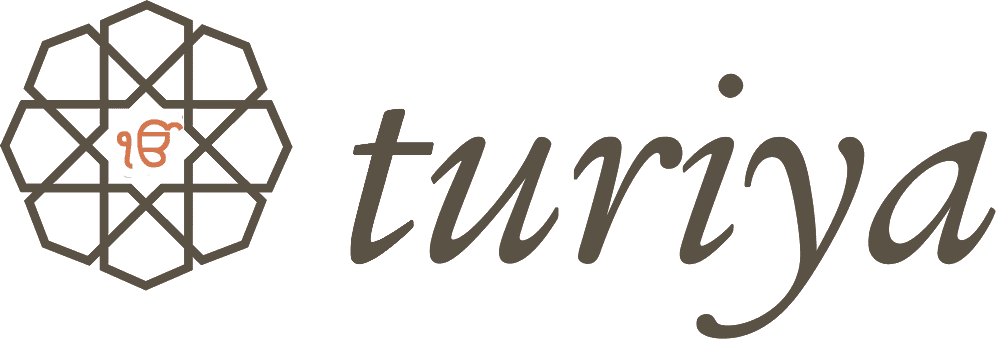NEPAL
Spiritual Journey and Retreat with Sven Butz (D + EN)
March 2025
Surrounded by the highest mountains and spiritual places of power in a unique nature we follow the traces of Padmasambhava. We meet yogis and scholars and deepen our meditation practice in this incomparable setting.
Requirements: you have been practicing Sat Nam Rasasyan and meditation regularly for at least 4 years, you are in very good physical and mental condition.





















































































